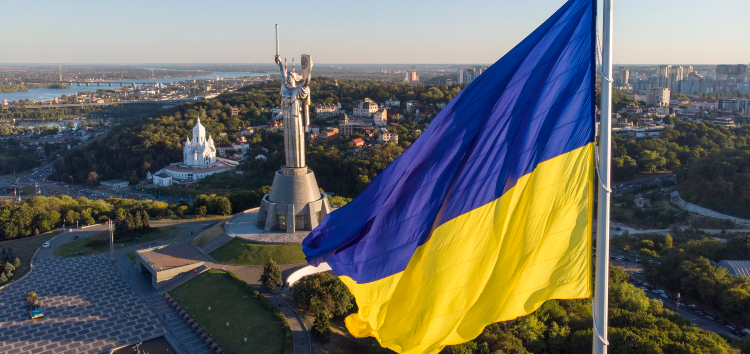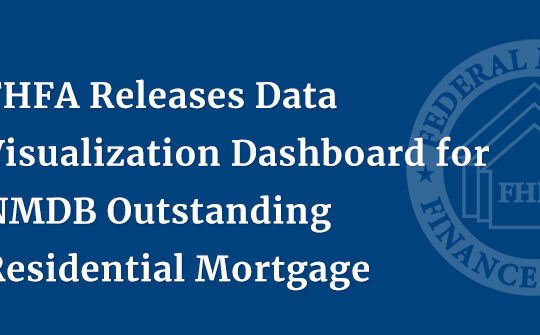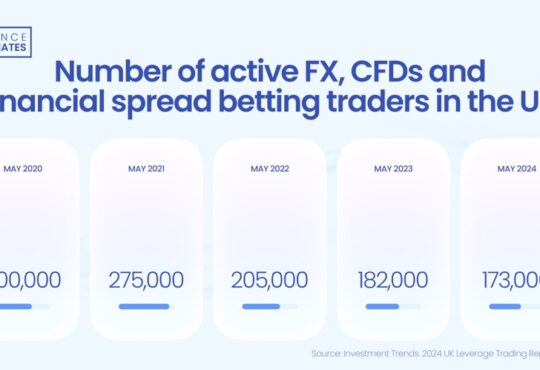

Aerial drone flyby shot with the biggest national flag of Ukraine. Spivoche Pole, Kiev
-
EBRD Board of Governors agrees at 2023 Annual Meeting to provide further support to Bank -
Decision on a potential paid-in capital increase to be taken by the end of 2023 -
EBRD is deploying €3 billion in Ukraine in 2022-23; further needs are being considered
The Board of Governors of the European Bank for Reconstruction and Development (EBRD) has agreed to provide further support to the Bank for its work on Ukraine, where the EBRD has intensified its work since the Russian invasion in February 2022, by committing at the Bank’s Annual Meeting in Samarkand to make a decision on a potential paid-in capital increase by the end of 2023.
The EBRD, Ukraine’s biggest institutional investor, deployed €1.7 billion in Ukraine in 2022, mobilised almost €1.4 billion from international donors and a further €200 million from partner banks and has committed to deploy €3 billion there in 2022-23. The EBRD’s primary focus in Ukraine in wartime is on maintaining energy and food security, restoring rail infrastructure, providing trade finance and supporting the private sector.
The only institution to work at this scale, in a unique demonstration of support and solidarity for the Ukrainian people, the EBRD agreed to provide half its finance at its own risk. The other half of its finance has come with generous support from donors and guarantors from G7 members, Norway, the European Union, and other countries.
When circumstances allow for full reconstruction in Ukraine, the financial challenge will be daunting. The latest international needs assessment, based on wartime damage in 2022, suggests the cost of reconstruction could be as high as US$ 411 billion.
At the EBRD’s 2023 Annual Meeting in Samarkand on Thursday, the Bank’s Board of Governors therefore approved a resolution that “the EBRD must play a critical part in the international effort, working in collaboration with others, to support Ukraine’s real economy in wartime and in reconstruction applying its unique mandate and comparative advantages whilst maintaining its financial strength, and further shareholder support will therefore be needed.”
“Consequently, … the Board of Directors shall submit a concrete proposal on the scope of the Bank’s support for Ukraine, and a potential paid-in capital increase with the aim of a final decision by the Board of Governors by the end of 2023,” the resolution continued.
The amount of any paid-in increase to the Bank’s €30 billion capital would be based on a report by the Bank’s Board of Directors and is likely to be in the region of €3-5 billion.
“We warmly welcome this decision. It reflects the magnitude of the financial challenge in supporting Ukraine, in both wartime and subsequent post-war reconstruction, as well as the need for a well-coordinated and effective international response consistent with Ukraine’s institutional and financial capacity to absorb such funding,” said EBRD President Odile Renaud-Basso.
If approved, the capital increase will mark the third time the Bank’s shareholders have agreed to boost its capital base. The EBRD was founded in 1991 with capital of 10 billion ecu. This doubled in mid-1992 to 20 billion ecu, then increased further in the wake of the global financial crisis to €30 billion in 2010.
The Bank has a unique role to play in this crisis. After more than 30 years of promoting economic transition in Ukraine, the EBRD’s emergency response to the war focuses on the real economy. EBRD funding is also used to help refugees in neighbouring countries and to assist the municipalities hosting them.
Last year, EBRD support for Ukraine included the provision of €150 million of emergency liquidity to Ukrainian Railways, a total of €520 million to the electricity company Ukrenergo, and a €500 million package for the gas company Naftogaz. By keeping the lights and heating on and the train running, this finance provided assistance to Ukraine’s businesses and helped maintain livelihoods, thanks to the support of Canada, the European Union, France, Germany, Italy, Norway, The Netherlands, the United Kingdom, and the United States of America.
The Bank is working with the Ukrainian Railways and private investors on rehabilitating transport infrastructure in the west of the country, to improve connectivity with the European Union, and supporting private investment including by committing US$ 40 million to Horizon Capital Growth Fund IV, a fund which has raised more than US$ 250 million to make growth equity investments in Ukraine and Moldova.
In Samarkand, at a key meeting for setting EBRD policy, the Board of Governors also approved a limited and incremental expansion to sub-Saharan Africa, allowing Iraq to be added to the Bank’s countries of operation in the southern and eastern Mediterranean region and starting a process whereby up to six new countries could receive investments by 2030.
The governors’ decision on support for Ukraine was one of three key resolutions to be approved at the meeting. The second was to give the formal go-ahead for a limited expansion of EBRD activities to countries in sub-Saharan Africa, while including Iraq as part of the Bank’s “southern and eastern Mediterranean region” for the first time. The third was to enable more freedoms in the way capital is used.
This third resolution is part of the Bank’s response to a report on the Capital Adequacy Frameworks of multilateral development banks. Over time, implementation of this and other applicable CAF recommendations will enhance flexibility in capital management, widen the sources of mobilisation and increase EBRD impact across the full range of its activities, although in the short term the change does not create additional capacity to support countries of operations.






